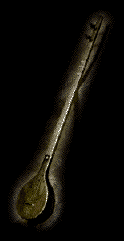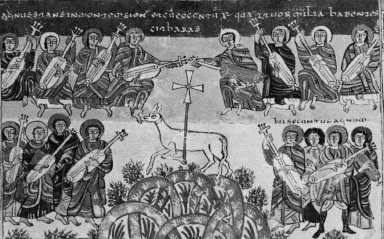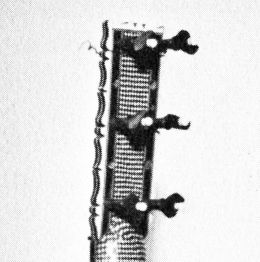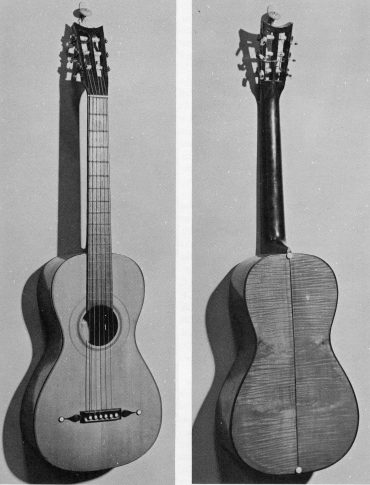Pandit Rakesh Kumar Sharma is a renowned music director, artist, professor, and cultural ambassador of Indian Music. He has won numerous awards including the prestigious Common Wealth Award. He has presented his music in numerous countries such as Afghanistan, Canada, Japan, Malaysia, Myanmar, Nepal, Singapore, Thailand, Trinidad & Tobago, and the United States. Rakesh Pandit, as he is commonly known, is currently the Music Director at All India Radio and Door Darshan Films Division and NCERT, Delhi. Most recently, he has been recognized by the National Council of Indian Culture of Trinidad and Tobago as an authority on Indian Music for his extensive knowledge of Indian Music and his pioneering work of expanding it beyond India.https://youtu.be/TYlh5hm2DcU?t=53

Early Life: The Making of a true Musicologist
Rakesh Pandit was born and raised in Delhi. He hails from a lineage of highly regarded musicians and scholars of Indian music. His lineage includes great names such as Kuwar Shyamji, Goswami Bhagwat Kishoreji, Pandits Husnalalji and Bhagatramji. Panditji belongs to a Gusai-Goswami, traditional Hindustani Sangeet, Delhi Gharana. He received extensive training in Hindustani classical music from the late Goswami Shri Bhagwat Kishore Ji and the illustrious Sangeet Mahamaho Upadhya Pandit Dilip Chandra Vedi. Also, he received advanced training in Western music and violin from Pandit Ralla Ram Sharma and tabla training under Pandit Bhanamalji and Pandit Bhagwan Dasji. At an early age, he began performing Khayal and Ghazal Gayaki. Today, he is a leading scholar in Vocal, Violin, Harmonium, and Tabla.
Career: A Life of Musical Achievements

Although his training encompasses several Gharanas, Panditji is mostly identified with the Agra Gharana and Delhi Gharana. In addition to his Guru-Shisya Parampar training he holds several academic qualifications such as Sangeet Prabhakar, Sangeet Bhaskar, and Approved Music Composer Grade I for All India Radio, Doordarshan, and NCERT. He has been associated with music faculty of Shyama Prasad Mukherji College for Women - University of Delhi for more than 30 years. Panditji, has worked as a music director in Delhi, Mumbai, and abroad. He has won prizes for composing music in India and abroad in the years of 1987, 1991-1994, and 1996. In addition, even with his busy schedule, Panditji has also found the time to train several of today’s leading musicians in authentic Guru-Sishya Parampar including names such as BhushanTripathi, Chitralee Goswami, Pradeep Jain, Shivannand Maharaj, Amitraj Ramkissoon, Jatin Khanna, Sumit Bhalla.
Advisor
Punditji advised Saaz O Aawaaz, Canada (a music school founded by Panditji’s Gurubhai, Shri Dev Bansraj Ramkissoon in Brampton, Canada). Currently, he advises Coral Springs Sangeet Mahavidyalaya, Coral Springs, Florida, and National Council of Indian Culture, Trinidad and Tobago. His compositions have been recorded by many leading artist under several music labels....
Dev Bansraj Ramkissoon (right) with his Guru-Bhai Pt Rakesh Kumar Sharma of India at the Saaz-o-Awaaz graduation ceremony.

















